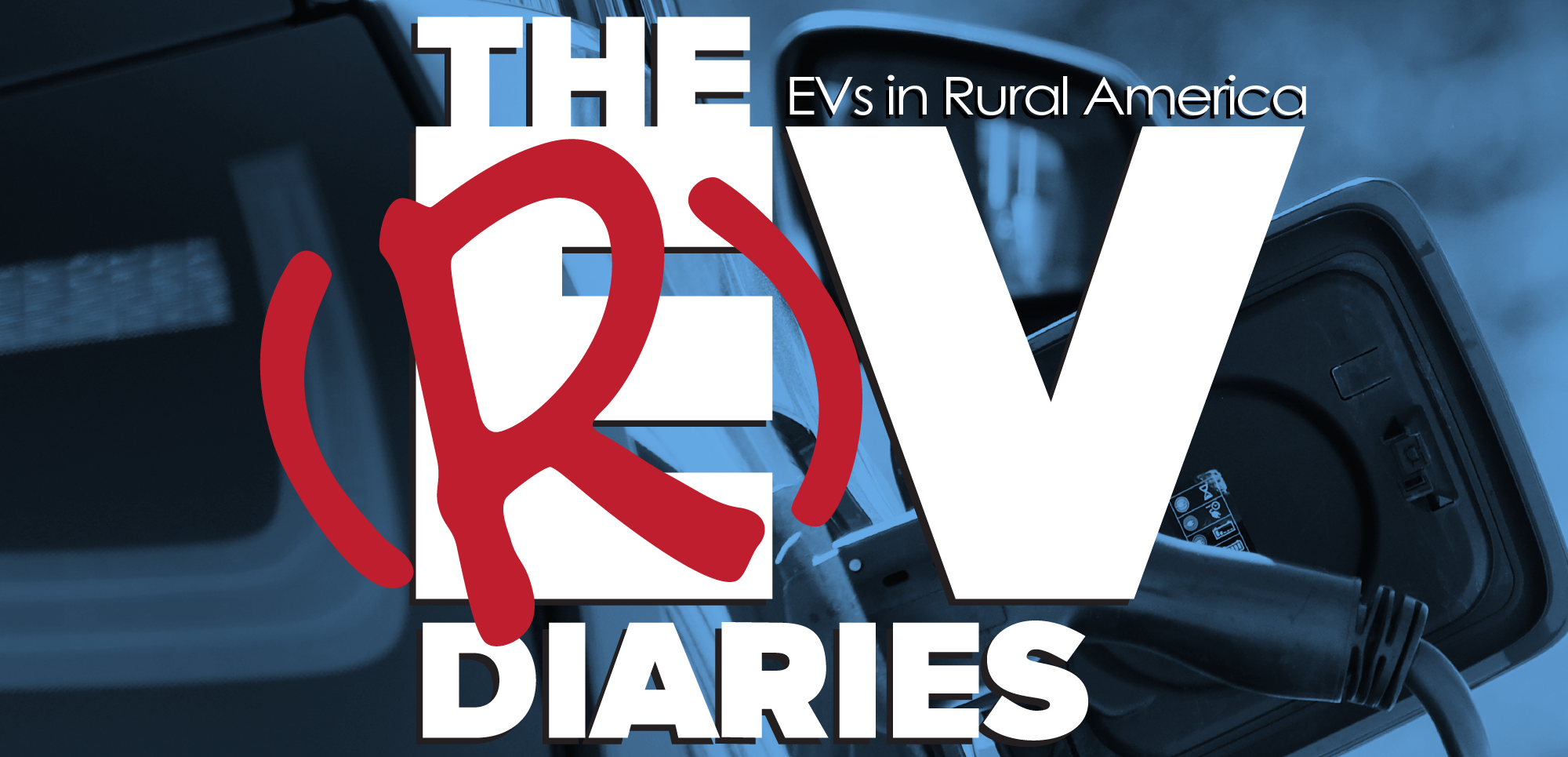As we wrap up (finally) our discussion of the Rappahannock Electric Cooperative’s presentation of the future of EV adoption in northern Virginia, we start looking at how we think EV adoption would look in small-town Kentucky. Rappahannock developed three scenarios where, on the high end, 30% of all cars in their territory were electric by 2030. On the low end, 5% and the middle ground was 10%. Based on several factors, Brent and Ben have differing opinions, but then Ben plays the ever popular “Zack Morris phone” card.
On the TV series Saved By The Bell, Zack Morris (Mark-Paul Gosselaar) used a Motorola DynaTAC, which was the first commercially available mobile phone circa 1984. This “brick” was literally 10-inches long not counting its rubber antenna, weighed 2.5 lbs., and cost $4000. Back then, you would have been crazy to have suggested in 30 years that almost everyone in the world would have a mobile phone in their pocket. The idea was inconceivable.
Are we on the precipice of such a change with EVs? It’s difficult to imagine 3 out of every 10 cars on the road being electric, much less 7 or 8 out of 10. There are forces at work to push 100% adoption, but will we ever get there? Just as the iPhone revolutionized the industry, what will make EVs as common as cell phones?
Also, RECs calculations on the cost to drive an EV support our own (R)EVD conclusions, but we could have told you we were right… we just don’t like to brag.
Podcast: Play in new window | Download
Subscribe: RSS
